
02 Mar 1983

Sans Soleil
A woman narrates the thoughts of a world traveler, meditations on time and memory expressed in words and images from places as far-flung as Japan, Guinea-Bissau, Iceland, and San Francisco.
Located in the United Kingdom, the Principality of Wales, home to 2.5 million people, is filled with rolling mountains, and green valleys. Because of its culture and language, it is unique within the UK. Much of the economy is based on small independent farms, but also includes coal and slate mining. Its many castles - including Caernarfon and Conwy - comprise its most famous built landmarks. Another landmark is the Menai suspension bridge - spanning the Menai Straits - the longest such structure in the UK. As Wales is a largely coastal jurisdiction, the Welsh have taken advantage of water opportunities, whether it be for fishing, or for recreation at one of the many coastal resorts, such as the most famous, Llandudno. There are also mountain resorts, such as Betws-y-Coed. Mount Snowdon, the highest peak in Wales, offers great hiking and climbing opportunities.

Narrator (voice)

02 Mar 1983

A woman narrates the thoughts of a world traveler, meditations on time and memory expressed in words and images from places as far-flung as Japan, Guinea-Bissau, Iceland, and San Francisco.

01 May 2006

Documentary about the photo session for the photobook "Castella", filmed in Portugal.

17 Sep 2011

The Kingdom of Survival explores modern skepticism in America, challenges the status quo and uncovers provocative links between survivalist philosophy, ecumenical spirituality, radical political theory, and outlaw culture. The audience is invited into a thoughtful conversation with the likes of Prof. Noam Chomsky, Dr. Mark Mirabello, Ramsey Kanaan, and the riveting final interview with beloved author, Joe Bageant. These unique thought leaders cast a rare shadow of doubt over our most blindly accepted American traditions.
31 Jan 1963
A jetliner spans the miles, sheering through clouds to open sky and scenic vistas of the provinces below. Glimpses of town and country, of people of many ethnic origins, of a resourceful and industrious nation - impressions it would take days and weeks to gather at first hand - are brought to you in this vivid 1800-kilometer panorama.
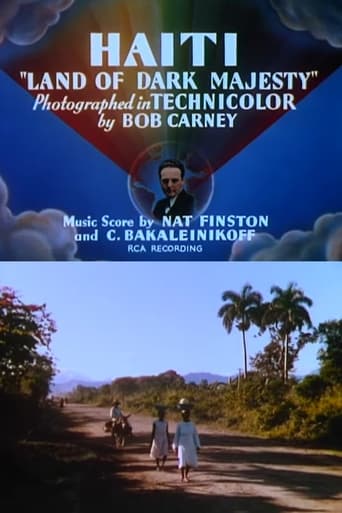
05 Jul 1941

In this FitzPatrick's Traveltalk short, a trip to Haiti serves as a portal into its history, mainly under 19th century ruler Henri Christophe.
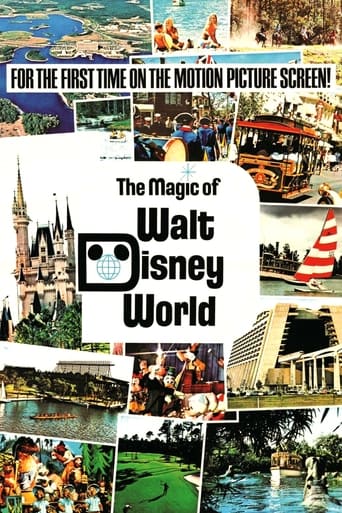
20 Dec 1972

A look at the many attractions, resort hotels, and other amusements at Walt Disney World in its first year of operation.

27 Nov 1943

This Traveltalk series short begins with a look at Arizona's Painted Desert. We then get two views of the Grand Canyon's majesty. The first is from the rim, looking down from an automobile. The second view is from within the canyon, where mules take tourists along the various trails.
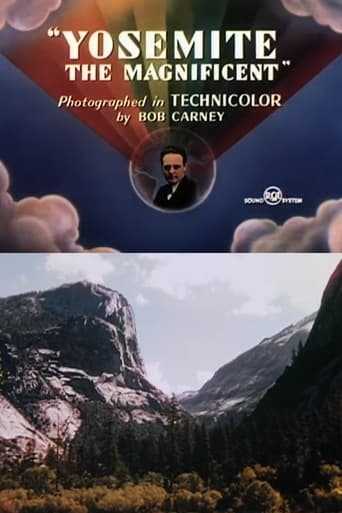
10 May 1941

This Traveltalk series short celebrates the beauty of Yosemite National Park. Besides the majestic mountains, we see Bridal Veil Falls and a giant sequoia with a road cut through its trunk. Tourist activities, including horseback riding and fishing, are also highlighted.
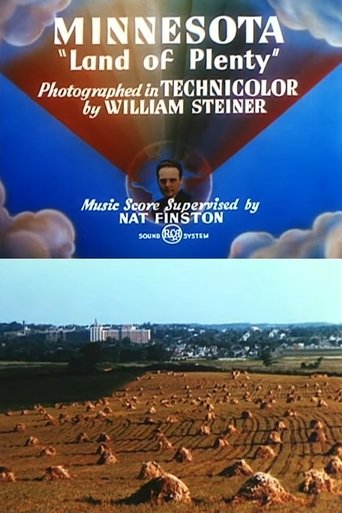
31 Jan 1942

This Traveltalk series short visits some of the important cities and sites of Minnesota.
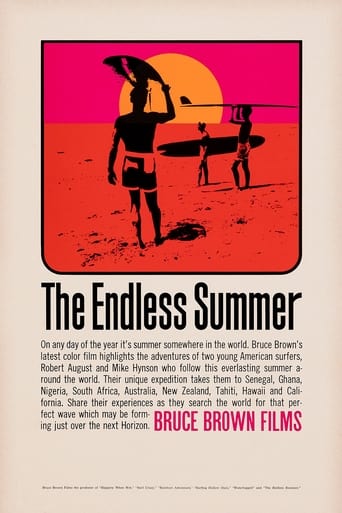
15 Jun 1966

Bruce Brown's The Endless Summer is one of the first and most influential surf movies of all time. The film documents American surfers Mike Hynson and Robert August as they travel the world during California’s winter (which, back in 1965 was off-season for surfing) in search of the perfect wave and ultimately, an endless summer.
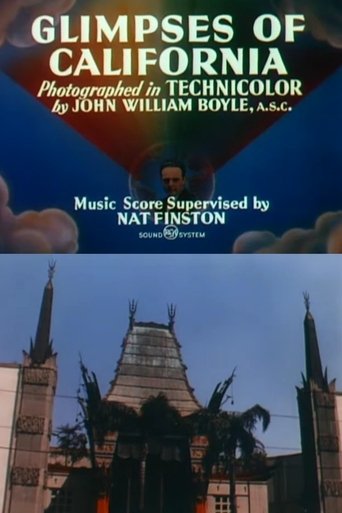
26 Oct 1946

This Traveltalk series short looks at California, beginning with the diverse types of flowers found in the state. After a look at some popular Hollywood landmarks, we visit Glendale's Forest Lawn Memorial Park, a famous cemetery.
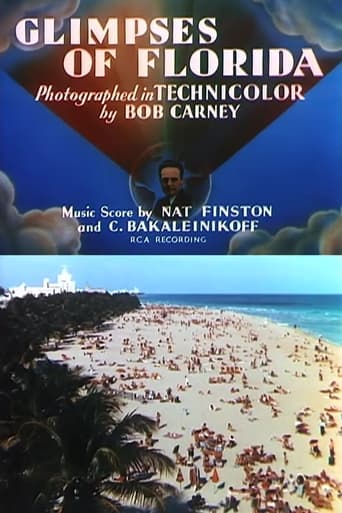
06 Sep 1941

This Traveltalk series entry takes the viewer to a number of locations throughout the state of Florida.
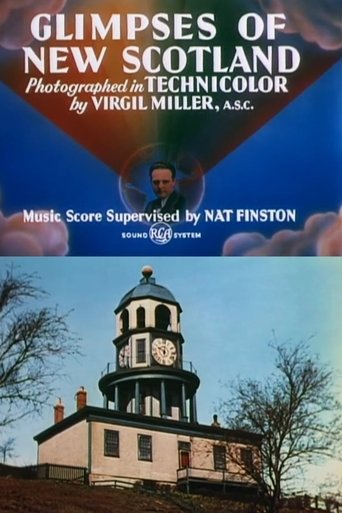
30 Aug 1947

Glimpses of Nova Scotia, from Halifax to Digby. The off-screen narration cites history, tradition, the contributions of Scottish and French immigrants, the strategic importance of Nova Scotia's coast, each village's churches, the stained glass windows at St. John's in Lunenburg, the Acadians' annual apple crop, Port Royal (now Annapolis Royal), a history of wars between France and England, and the tides of the Bay of Fundy.
08 Oct 1949
This Traveltalk series short focuses on the sights and culture that define "Old England". Included is a visit to the Cotswold Hills area, a ride on the Wye River, and visits to Tintern Abbey in Wales and Laycock Abbey in Wiltshire, England.

05 Dec 1942

This Traveltalk series short visits Ontario, the second largest province of Canada. Toronto is the province's largest city, sitting on the shores of Lake Ontario. After the War of 1812, the Rideau Canal was built connecting the Ottawa River to Lake Ontario. The canal figures prominently in the geography and history of the City of Ottawa, the capital of Canada.
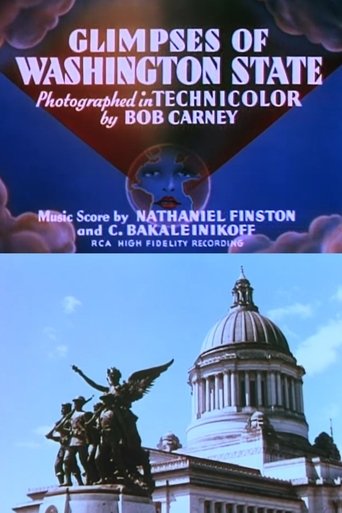
07 Jun 1940

This Traveltalk series short begins in the Wenatchee River valley, where apples are the chief commercial crop. In Spokane, we see the Sunken Gardens (later called the John W. Duncan Gardens) in Manito Park. In Olympia, the campus of the state capitol is surrounded by flowers. At Long Beach is the beginning of a sand roadbed that stretches for 27 miles. After a glimpse of canoeing on the Quinault River, we get a view of the San Juan Islands. Finally, we are shown some sights on the Columbia River, including the Rock Island Dam and the not-yet-finished Grand Coulee Dam, largest concrete structure in the United States.
13 Feb 1954
This James A. FitzPatrick Traveltalks short visits the West German cities of Hamburg, Bremen, Munich, and Heidelberg. Included are scenes of World War II destruction that lingered at the time.

02 May 1951

A visit to Athens, Greece and the island of Rhodes.
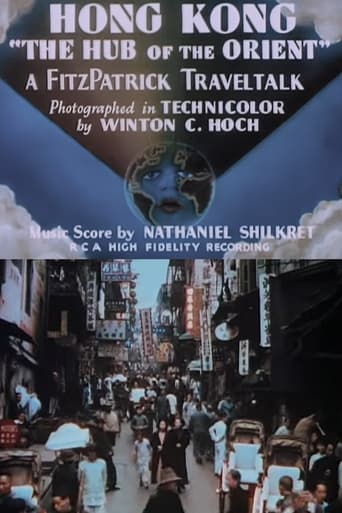
01 May 1937

This Traveltalk series short takes a look at Hong Kong.
12 Nov 1949
This Traveltalks entry looks at the sights, sounds, people, and art masterpieces in the capital of the Netherlands.